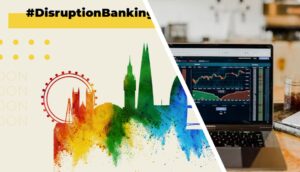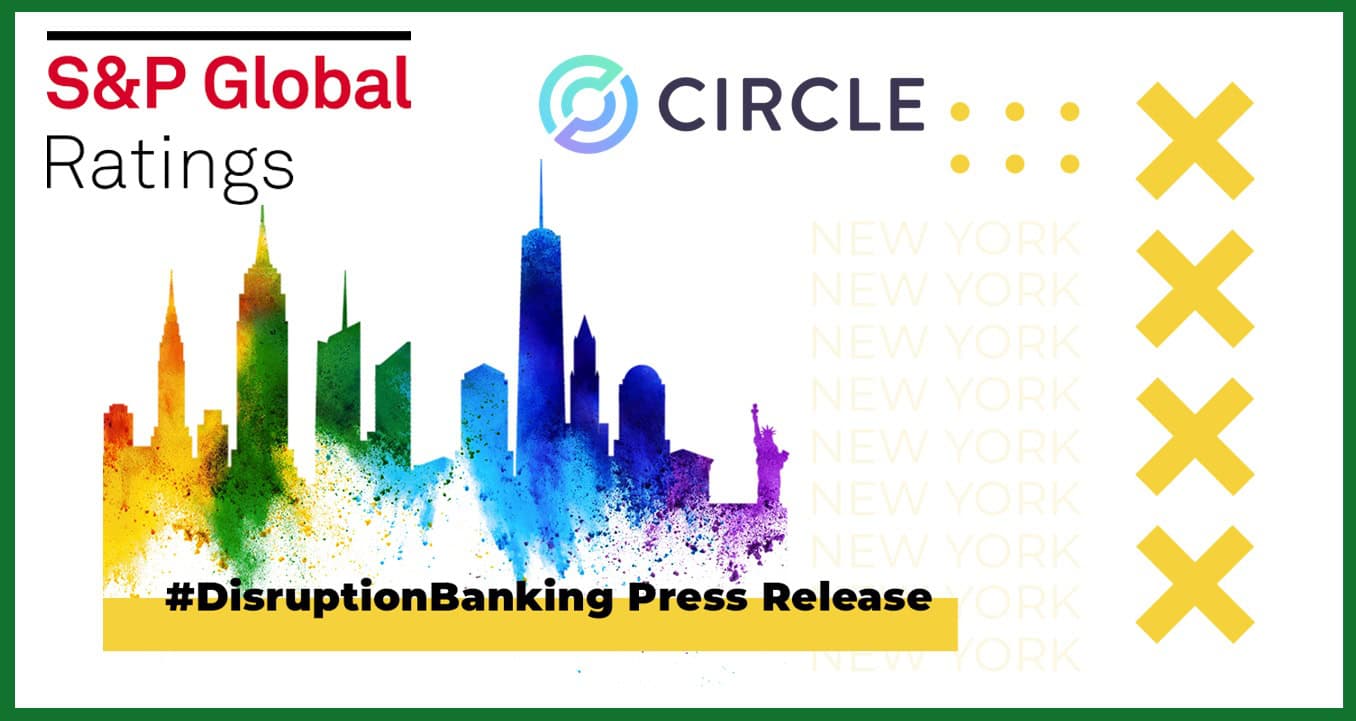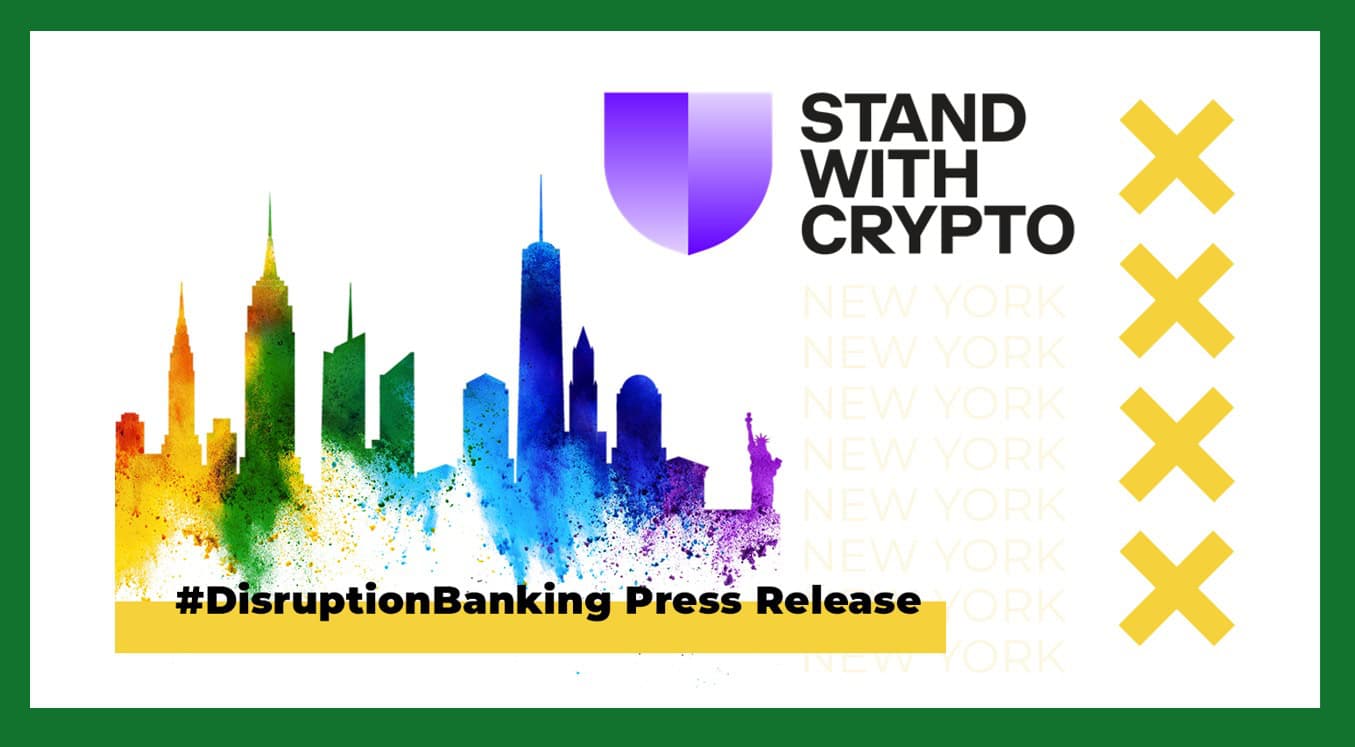What does a ~133-year-old soda company have to do with America’s most-watched stock index? A lot more than you’d think. The Coca-Cola Company (KO) earned its place in the Dow Jones Industrial Average (DJIA) through financial strength and global reach. From surviving the Great Depression to digital transformation, Coke has unwaveringly powered through crisis, controversy, and change.
This is the story of how a fizzy drink company became a financial giant and a key player in a leading market index.
From Soda to Stability: Coke’s Dow Journey
Coca-Cola joined the DJIA on May 26, 1932, replacing Liggett & Myers (a tobacco company) amid the Great Depression. Despite falling sales, Coke showed resilience through aggressive marketing and brand-building. Heavy advertising helped it emerge relatively strong and justified its inclusion. By November 20, 1935, National Steel replaced it as the index prioritized heavy industry during economic recovery.
Coke returned on March 12, 1987, it joined alongside Boeing. After 51 years away, its re-entry signalled the DJIA’s shift toward stable, global blue-chip companies, reflecting their growing economic importance.
Disrupting the Norm: Coke’s Consumer Play
By the 1930s, Coca-Cola was a quintessential consumer staple. Its daily presence made it a natural fit for the Dow Jones as the U.S. economy moved beyond railroads and heavy manufacturing. In 1987, its return reflected the rise of global non-alcoholic beverages.
Like other long-tenured Dow Jones members, such as ExxonMobil (added in 1928 as Standard Oil of New Jersey) and Procter & Gamble (added in 1932), adding Coca-Cola helped balance sector representation. In both eras, it signalled the value of stable, mass-market goods during downturns and the importance of a global footprint as consumer tastes evolved.
Everyone knows about $KO and its fantastic track record, but few are familiar with $COKE – the largest independent U.S. Coca-Cola bottler.
— Quartr (@Quartr_App) November 17, 2023
Over the last four decades, COKE has grown its revenue and EBIT at 10-11% CAGR while returning an insane 31x + dividends to its… pic.twitter.com/8sHfLa4pDu
Bouncing Back: Lessons from Crises
Founded in 1886 and incorporated in 1892, Coca-Cola has grown through franchised bottling and bold advertising. It weathered early crises, expanded during World War I, and rebounded after dips in its stock (KO) after its Dow inclusion. Over time, it diversified with Sprite, Fanta, Minute Maid, Diet Coke and experimented with products like Tab.
The “New Coke” launch in 1985 showed a willingness to innovate, though it caused a brief backlash. The quick return to Coca-Cola Classic restored consumer trust with minimal long-term impact on stock performance.
In recent decades, Coca-Cola’s stock (KO) has generally trended upward, supported by acquisitions like Costa Coffee in 2019, though it faced volatility during the 2020 COVID-19 pandemic. In 2024, Coca-Cola reported 2%-unit case volume growth, driven by strong demand in key markets, proving its adaptability.
Beyond Coca-Cola: Innovating for the Future
Since 1987, Coca-Cola has broadened far beyond its original soda with innovations like Coca-Cola Zero Sugar and new flavors. Coca-Cola moved into bottled water (Dasani, SmartWater), sports drinks (Powerade), ready-to-drink teas and coffees (Georgia, Gold Peak), dairy beverages (Fairlife), plus mainstream coffee via Costa. Post-Dow, past launches like Coca-Cola Energy (2019) targeted younger consumers, though some were discontinued. This diversification appeals to health-conscious, younger audiences.
Coca Cola playing into nostalgia instead of updating their looks—they have understood the assignment better than Pepsi
— Andrea (@iiiitsandrea) June 10, 2025
Coca Cola is still #1 soda in US …
Pepsi is now in 4th
Nostalgia is a hell of a drug for Millennials/GenZ (it’s the reason why Poppi and Olipop leverage… https://t.co/WDBLW0QQ80
Sustainability is a priority for Coke. Coca-Cola’s “World Without Waste” initiative, launched in 2018, builds on earlier recycling efforts. Since 2015, the company has replenished over 100% of the water used in its finished products globally through conservation projects. It aims to achieve this in high-risk areas by 2035. Its goals include 35–40% recycled packaging and collecting 70–75% of bottles and cans annually. These efforts reduce waste, manage regulatory risk, and attract eco-conscious consumers.
Financial Fizz: Coke’s Dow Anchor
Coca-Cola’s size and financial strength long justified its DJIA inclusion. As of publishing, Coca-Cola’s market cap is $311+ billion, ranking it among the top Dow components. In fiscal 2024, it reported $47.1 billion in revenue, up 3% from 2023, with earnings of $10.6 billion despite rising costs. A trailing P/E of about 29, based on a $70.52 stock price and $2.50 EPS, reflects stable earnings. As a “dividend king,” Coca-Cola has raised dividends for over 62 years, with a yield of about 2.82% in 2025, making it a defensive anchor.
As of publishing, KO, with its 1.03% price weight in the Dow Jones, closed at $70.52 (TradingView), within a 52-week range of $60.62 to $74.38 (Macrotrends). Over the past decade, total returns, including dividends, averaged 5–10% annually. Analysts expect 5–6% organic sales growth in 2025 and a forward P/E of around 24, aligning with consumer staples norms.
Analysts remain optimistic, with price targets of $75–81, supported by strong Q4 2024 earnings. This reflects bullish sentiment driven by price increases and volume gains. The next earnings report, due July 29, 2025, is expected to show continued resilience.
Navigating Risks
Coca-Cola faces legal challenges, including a May 2025 class action over environmental claims alleging Fanta and Sprite were falsely labelled as “100% natural”, as well as $6 billion tax liability with the IRS, which it plans to appeal.
Coca-Cola HBC, a key bottling partner, was ranked the world’s most sustainable beverage company in the 2024 Dow Jones Best-in-Class Indices (formerly called the Dow Jones Sustainability Indices (DJSI)) for the eighth time, reflecting the broader Coca-Cola system’s ESG commitment.
The company’s ongoing issues include a data breach probe involving hackers (e.g., Everest ransomware group) targeting Middle East operations in 2025 and criticisms from Greenpeace (regarding plastic pollution) and Bill Ackman (regarding Coke’s marketing strategies).
Coca Cola is facing a backlash in Bangladesh after it released an advert trying to distance itself from Israel in the face of a widespread boycott and falling sales over the Gaza war. pic.twitter.com/LmEtSh0bm1
— Al Jazeera English (@AJEnglish) June 16, 2024
Why Coke Endures: A Blueprint for Disruption
Coca-Cola’s DJIA inclusion in the past century tells of its industry leadership, financial strength, and global brand power. Its steady cash flows and relative stability make it a reliable blue-chip stock.
Calculated moves — like diversifying into high-growth categories (e.g., dairy, coffee) and embracing sustainability and digital marketing — keep Coca-Cola adaptable. As of 2025, it remains a stable Dow component with robust fundamentals, dependable dividends, and a balance of mature stability and targeted growth.
As Coca-Cola’s Chairman and CEO James Quincey pointed out in its last earning report, Coca-Cola’s journey shows why DJIA selected and continues to include this “all-weather” beverage giant.
Coca-Cola is generally viewed favorably by portfolio managers due to its strong brand, consistent performance and dividends.
Author: Richardson Chinonyerem
The editorial team at #DisruptionBanking has taken all precautions to ensure that no persons or organizations have been adversely affected or offered any sort of financial advice in this article. This article is most definitely not financial advice.
#CocaCola #DowJones #Branding #Dividends
See Also:
Amazon’s Dow Jones Rise: Innovating Markets, Facing Scrutiny | Disruption Banking
Nvidia’s $3T Rise: Redefining the Dow Jones with AI Innovation | Disruption Banking














